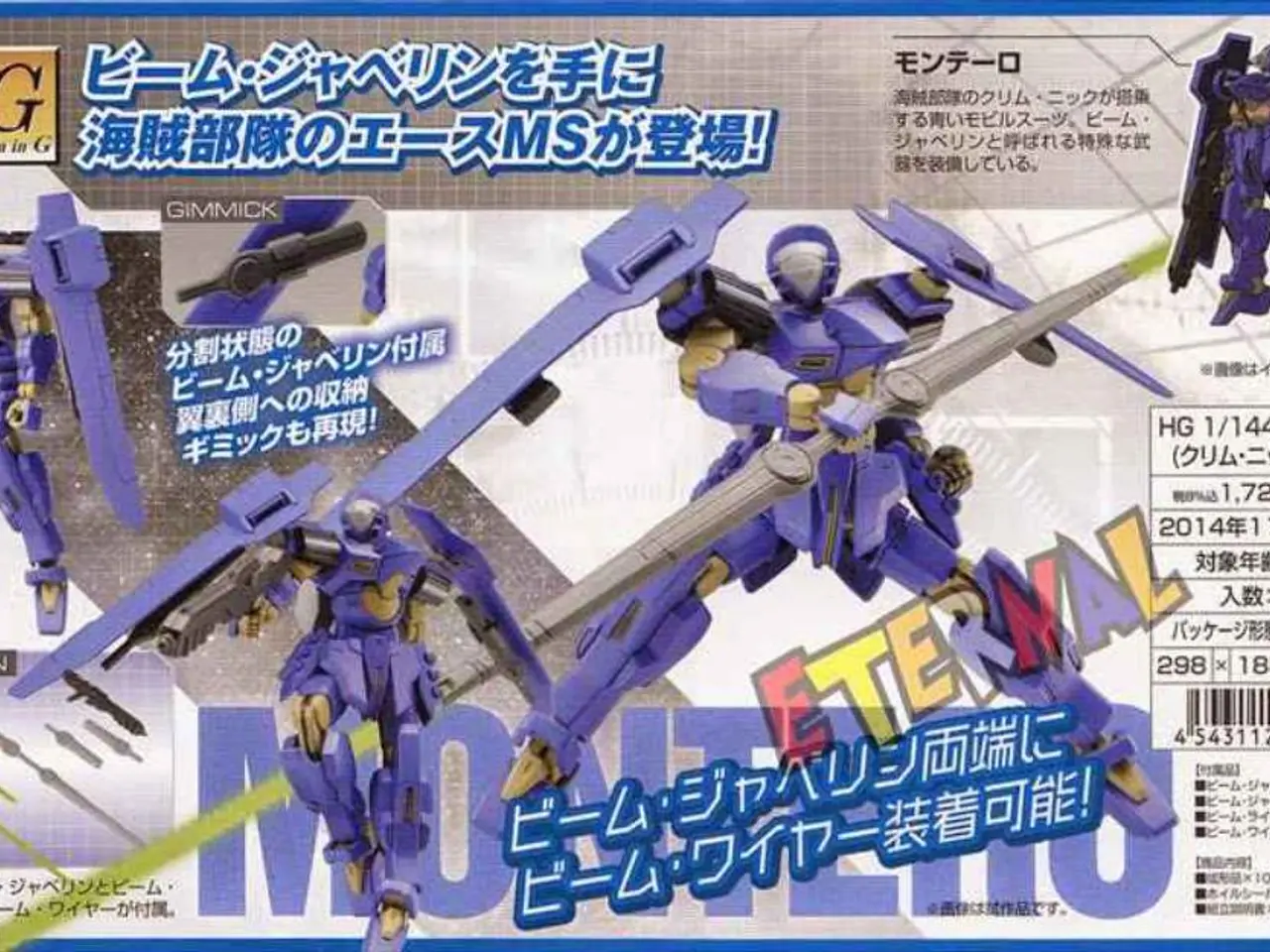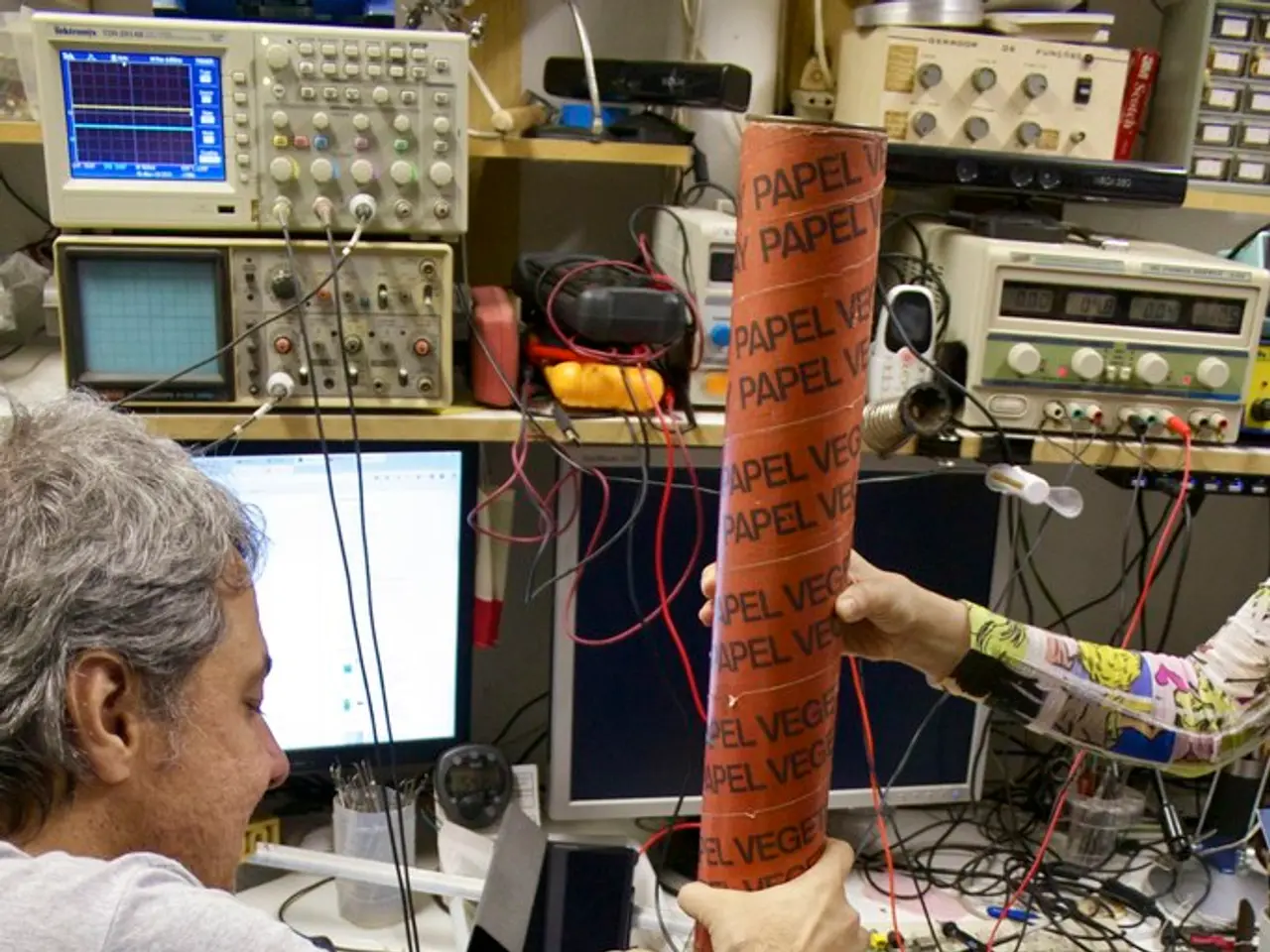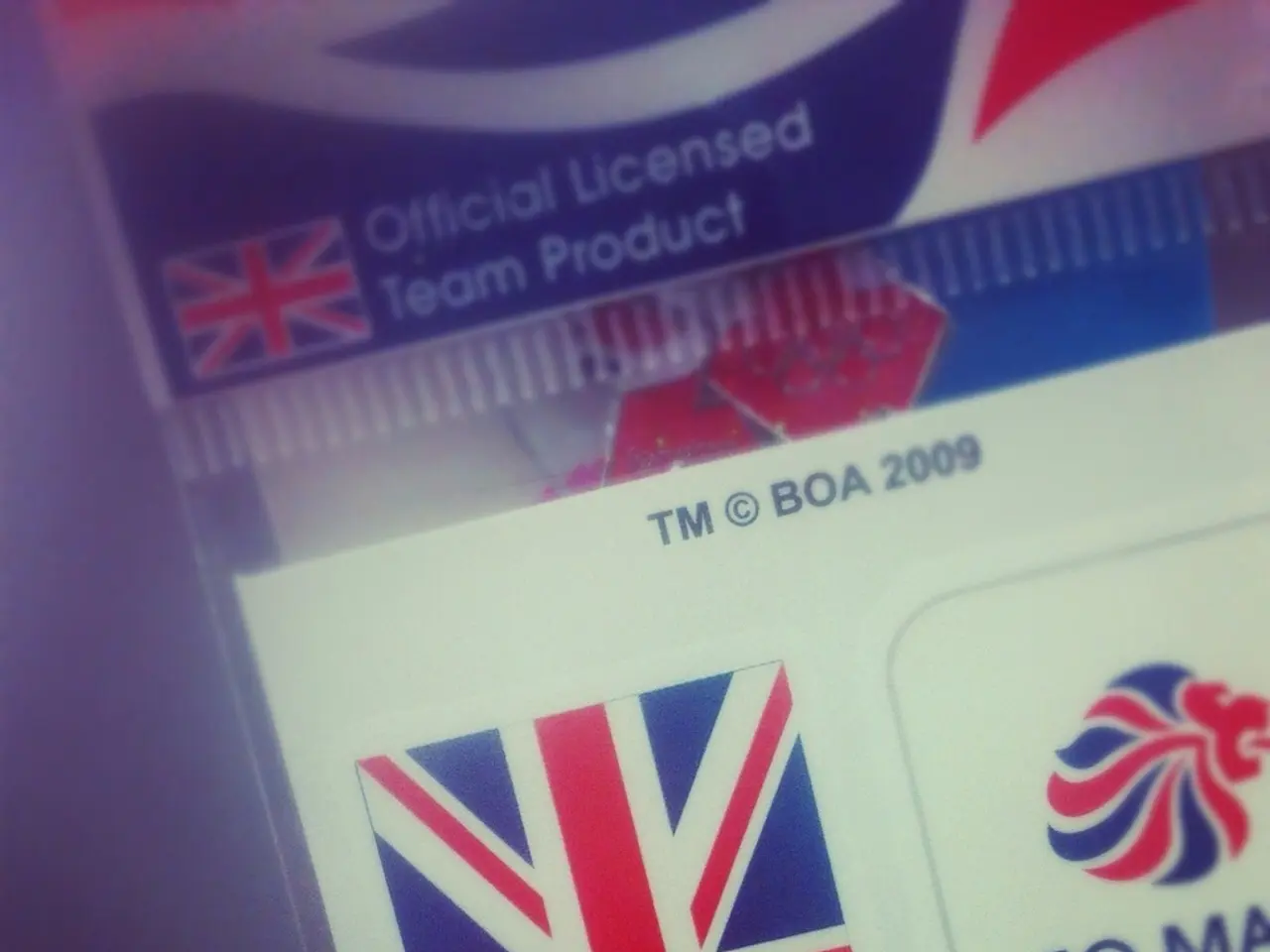Assessment of Hotel Service Robots by Customers
In the ever-evolving world of hospitality, the integration of technology is becoming increasingly apparent. A recent study has shed light on the factors that influence consumer intention to adopt hotel service robots, offering valuable insights for the industry.
The study, which focused on two popular robot models - NAO and Relay - found that consumer adoption can be categorised into three main groups: functional aspects, customer-centric aspects, and service robot-centric aspects.
Functional aspects, such as performance expectancy and attitude towards using the robot, show the strongest positive correlations with customers' intention to adopt service robots. These factors are rooted in technology acceptance frameworks like TAM (Technology Acceptance Model) and UTAUT (Unified Theory of Acceptance and Use of Technology).
Customer-centric aspects, including perceived value, emotional responses, and trust, are also crucial. Positive emotional responses and trust in the robot encourage adoption, while negative emotions or distrust can hinder it.
Service robot-centric aspects, like anthropomorphism, perceived social presence, and perceived intelligence, also play a significant role. These traits help users feel more comfortable and engaged with robotic services.
The study revealed that the type of robot used for check-in or room delivery may influence consumer adoption differently. For NAO, anthropomorphism and perceived security are more important, while for Relay, perceived intelligence and the importance of service operation in hotel experiences are key factors.
The research also highlighted the potential of using biosensors to measure automatic emotional reactions in response to hotel service robots, providing valuable insights into consumer acceptance and preferences. However, the study did not explore the impact of the robot's design on the emotional response to Relay robot, nor did it investigate the influence of hotel management on the emotional response to NAO robot.
The study did not delve into the long-term effects of human-robot interaction on consumer intention to adopt hotel service robots, the role of biometric research in the adoption of Relay robot, or the influence of the type of hotel (e.g., luxury, budget) on the adoption of NAO or Relay robots.
In conclusion, consumers’ willingness to adopt hotel service robots depends on their expectations of the robot’s performance and ease of use, their emotional comfort and trust in the technology, and how human-like and socially present the robot appears. Understanding consumer responses to hotel service robots is essential for the development and implementation of such technology in the hospitality industry. The study's findings provide implications for the integration of artificial intelligence and robotics into tourism and hospitality operations.
Technology acceptance frameworks, such as TAM (Technology Acceptance Model) and UTAUT (Unified Theory of Acceptance and Use of Technology), have strong positive correlations with customer intention to adopt service robots in the hospitality industry, demonstrating the importance of artificial intelligence in driving consumer adoption of robot models like NAO and Relay. The study further highlights how anthropomorphism, perceived intelligence, and emotional responses influence consumer adoption differently depending on the type of robot used for check-in or room delivery.




